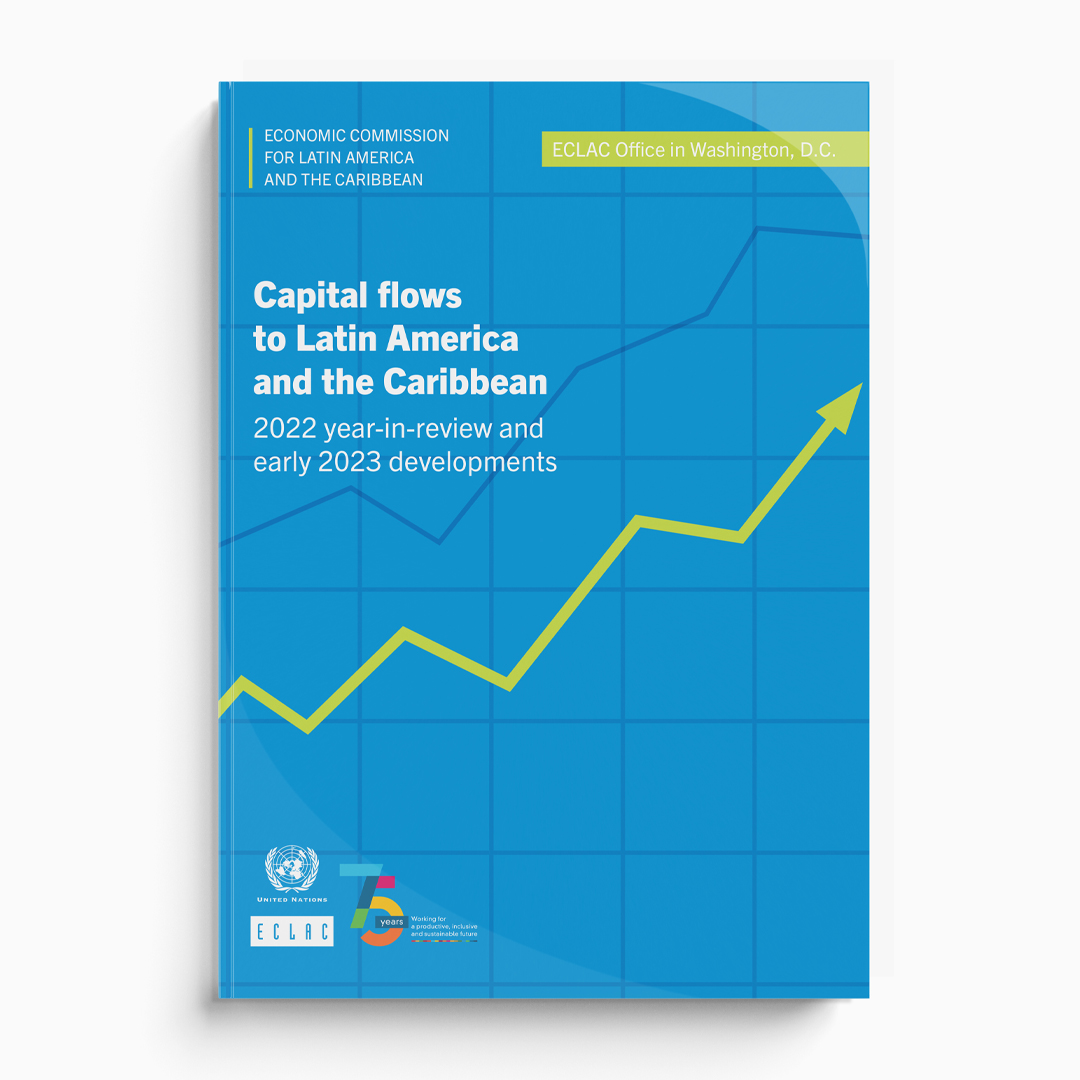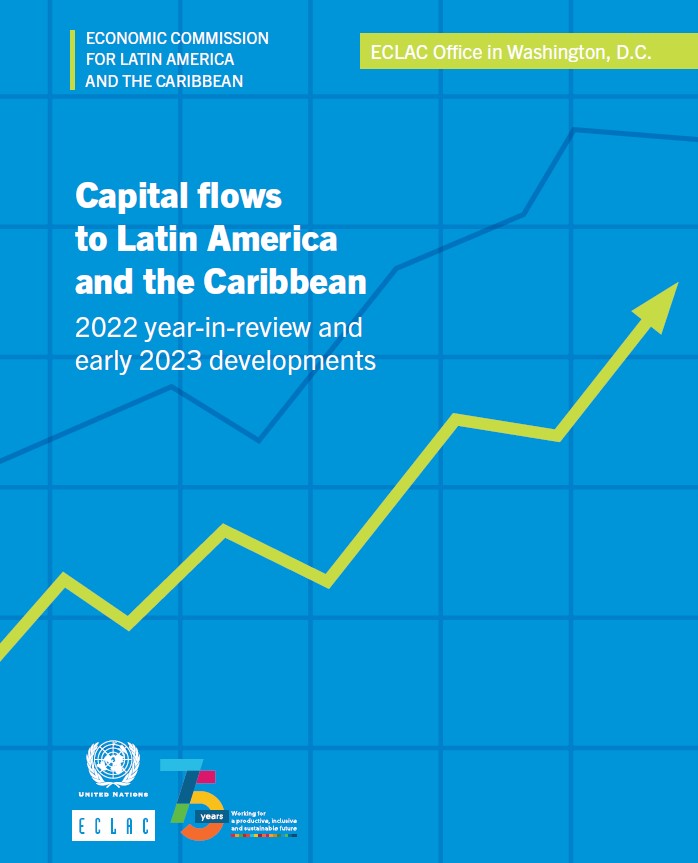In 2022, Latin American and Caribbean Bond Issuers Placed their Lowest Annual Amount of International Debt since 2008
Work area(s)
According to ECLAC’s latest report on capital flows to the region, the largest slowdown was observed in the corporate sector.

Against a backdrop of higher global interest rates and borrowing costs, total Latin American and Caribbean (LAC) international bond issuance in 2022 was US$ 64 billion, down 57% from 2021 and the lowest annual amount since 2008, according to ECLAC’s latest report on capital flows to the region.
Capital Flows to Latin America and the Caribbean: 2022 year-in-review and 2023 early developments provides an overview of the region’s international bond issuances, spreads and credit ratings in 2022 and in the beginning of 2023. This report presents and analyses the main trends and developments concerning capital flows to the region and is published by ECLAC’s office in Washington D.C. three times a year.
The study shows that the average coupon in 2022 was 1.3% higher and average maturity was three years lower than in 2021. Global inflation concerns, the United States Federal Reserve’s tightening monetary policy stance and the strength of the dollar, as well as the war in Ukraine, contributed to push funding costs higher.
The largest slowdown in 2022 was observed in the corporate sector, which since 2009 had been the main driver of the region’s international debt issuances. Overall, corporate issuances (including private banks, private non-banks, quasi-sovereign and supranational entities) declined 66% from a year ago. On a year-over-year basis, issuances from private banks and non-bank entities combined declined 72% in 2022 from 2021. Issuances from quasi-sovereign enterprises and from supranational entities fell 59% and 15%, respectively. Sovereign (government) issuances declined 43%, less than overall corporate issuances, and accounted for 51% of total international debt issuances from the region in 2022.
The report indicates that the region’s top three issuers, corporate and sovereign combined, were Mexico, Chile, and Brazil, in that order, which together accounted for 59% of the total regional issuance. Mexico was the top issuer, accounting for 26% of all LAC bond issuances in 2022, followed by Chile (17%) and Brazil (16%). Mexico and Chile were also the region’s top two sovereign issuers. Together they accounted for half of all the region’s sovereign issuances. Brazil’s bond issuances in 2022 were all from the corporate sector, with JBS S.A., the world’s largest meat processing company, representing 60% of the total. Following recent trends, more than half of all LAC corporate bond issuances came from Brazilian (32%) and Mexican (22%) companies.
Following the broader market trend of declining bond activity due to worsening macroeconomic conditions, the region’s international green, social, sustainability and sustainability-linked (GSSS) bond issuances also declined in 2022, the report adds. The largest decline was also observed in the corporate sector. The 81% decline in international GSSS bond issuances from the private sector in 2022 was almost double than for the sovereign sector (42%), while there was an increase of 124% in the share of issuances from quasi-sovereign and supranational entities.
According to Capital flows to LAC 2022, overall the region issued US$ 20.5 billion of international GSSS bonds in 2022, down 56% from 2021, but still the second highest GSSS annual volume ever issued in international markets. Despite the slowdown in volumes, the region’s GSSS bond issuance represented a 32% share of the total amount issued in international markets, a slight increase from the 31% share in 2021.
Supported by fading pandemic-related pressures, lower funding needs and greater reliance on local markets, the region’s credit outlook trended upwards in the first half of the year, but amid constrained funding options and higher external borrowing costs it trended downwards in the second half. As of end-December 2022, the balance for the year was one more negative credit rating action than positive, the best annual balance since 2012, the report states.
Related content

Capital Flows to Latin America and the Caribbean in five charts: 2022 year-in-review and early 2023 developments
In 2022, Latin American and Caribbean bond issuers placed the lowest annual amount of international debt since 2008.
Subregional headquarter(s) and office(s)
Type
Country(ies)
- Latin America and the Caribbean
Related link(s)
Contact
ECLAC Office in Washington
- eclacwash@eclac.org